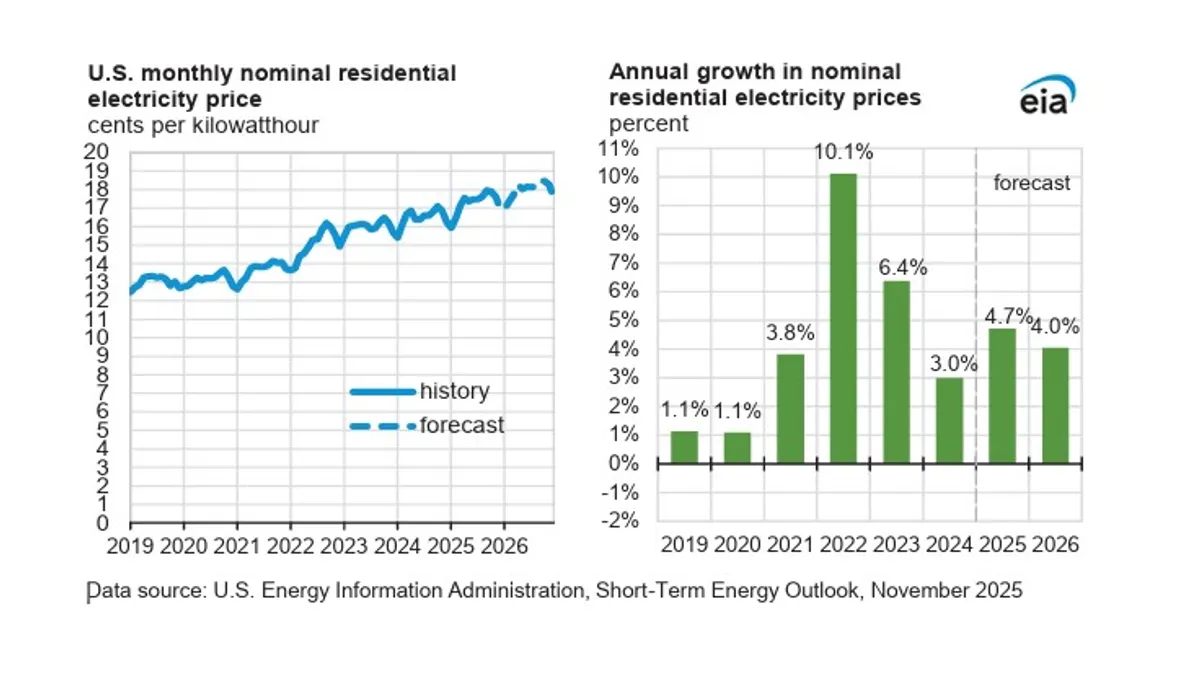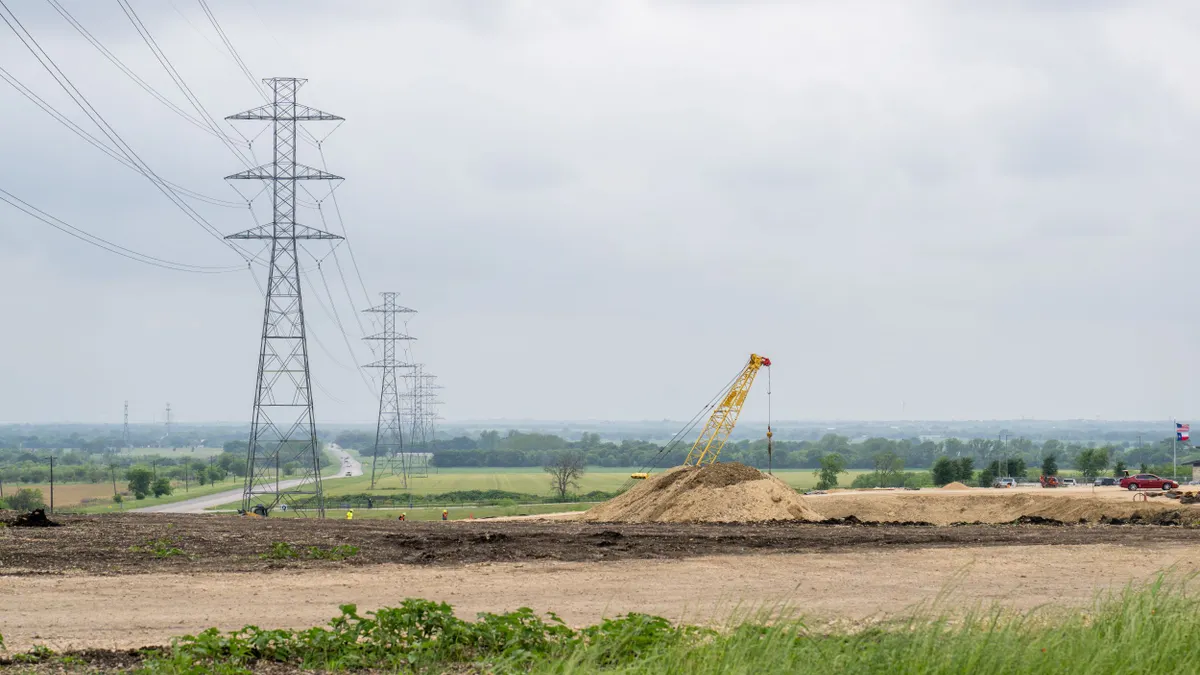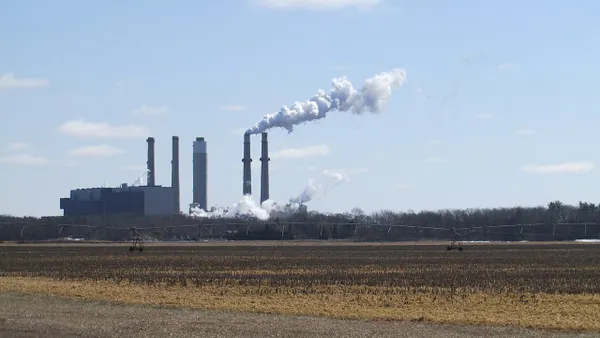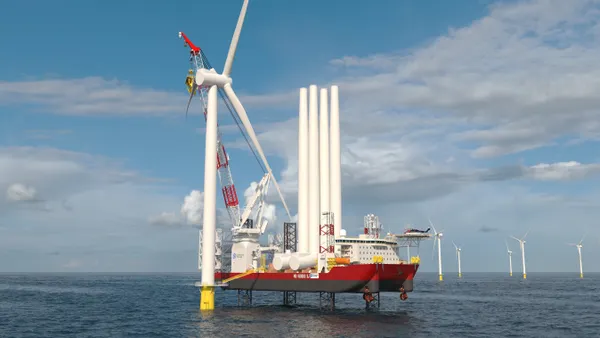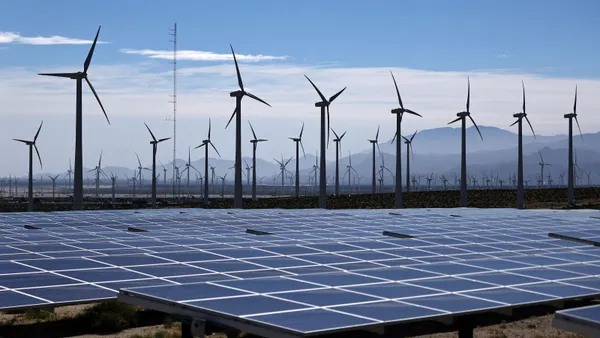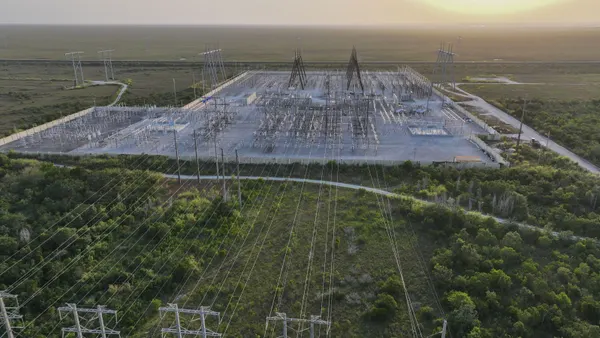A Wave of Regulatory Activity Is Reshaping Gas Utilities
In at least 13 states, regulatory commissions are advancing proceedings that aim to rethink how natural gas is planned, priced, and delivered. These actions are not just theoretical—they’re defining capital plans, guiding infrastructure decisions, and potentially influencing affordability for decades to come.
Utilities are navigating this transformation through regulatory dockets, covering everything from long-term gas planning and clean heat plans to rate cases and scenario modeling. While each proceeding is unique, together they represent a national movement toward a cleaner, more customer-conscious gas system.
The Future of Gas Is Now
In many parts of the country, the future of gas is being determined now. Multiple states are involved in some sort of regulatory proceeding that is shaping the future of gas. Currently, these states are engaged in or have recently completed docketed proceedings, addressing a multitude of topics that are shaping the future of gas.

These proceedings may cover the following range of topics:
- Pathways/scenario analyses
- Capital investments and pipe replacements
- Technologies needed to support decarbonization
- Cost recovery and affordability
- New policies and regulations needed to meet climate goals
- Gas infrastructure planning and investment
Why This Work Is Complex and Urgent
Proceedings are fast-paced, wide-ranging, and politically charged. States like Colorado and Minnesota have moved quickly to address decarbonization via electrification mandates and cost-recovery reform. Others, such as Massachusetts and Washington, are experiencing real pushbacks on infrastructure investments and policy timelines.
Themes emerging from these proceedings include:
- Affordability and equity: Commissions in Colorado and Massachusetts are scrutinizing cost burdens on vulnerable customers. In Massachusetts, the commission initiated an affordable rate design proceeding after its future of gas ruling.
- Infrastructure pressure: New scrutiny is being applied to expansion and replacement policies—particularly line extension allowances. In Oregon, the commission has ordered the phase out of line extension allowances. In the District of Columbia, the PUC ordered a “new normal” for pipe replacements (i.e., electrification and targeted replacement as opposed to complete replacement of more than 400 miles of aging, high-risk pipelines).
- Varied cost recovery: Some jurisdictions are experimenting with new mechanisms tied to decarbonization investments. In Minnesota, CenterPoint’s Innovation Plan Order approved October 2024 will use the purchased gas adjustment mechanism, rate cases, and annual (rider) adjustments to recover fuel costs and match expenses with recoveries. In Oregon, bifurcated decoupling was a supported approach to address cost recovery concerns.
These issues aren’t isolated—they reflect deeper shifts in how gas utilities are regulated and valued. As noted in another Utility Dive article, “How States Are Tackling Clean Heat,” states are leveraging different tools and philosophies, but many are moving toward emissions-conscious planning.
What Should Utility Leaders Be Asking Now?
As these proceedings intensify, utility executives and planning leads must answer the following questions:
- Are we prepared to justify capital plans in a decarbonization-heavy environment?
- Do our cost-recovery models align with affordability standards?
- How are we preparing to respond to growing electrification mandates?
The challenges are compounded by timing. Some states (e.g., Oregon, Maryland) are in early phases of docket development, while others (e.g., Colorado, Minnesota) have already issued binding orders. Utility leaders must adapt to this patchwork reality, ensuring regulatory readiness today while scenario planning for what’s next.
How Can Utilities Act?
Utilities can cut through complexity, using proven tools and deep regulatory insight. Based on ScottMadden’s work across multiple active proceedings, we recommend utilities focus on three capabilities:
1. Integrated Scenario Modeling
Whether forecasting electrification impacts or testing affordability outcomes, states expect data-backed models. It will be important to build flexible, defensible scenarios that meet commission demands and internal planning needs.
2. Targeted Rate Design Expertise
With rising scrutiny on cost recovery, utilities must clearly explain how they align with policy goals and customer equity. Utilities will need to assess alternative rate designs and pilot strategies that mitigate risk while advancing decarbonization goals.
3. Stakeholder Strategy and Messaging
As seen in “Navigating Energy Affordability,” utilities must bridge technical excellence with accessible public engagement. Utilities will need to align their regulatory posture with stakeholder expectations and evolving commission priorities.
Moving Forward: Stay Proactive, Stay Aligned
The future of gas is already being shaped—in hearings or in filings. Some utilities are reacting. Others are leading.
Whether you’re preparing for a clean heat docket, designing new rate structures, or modeling long-term decarbonization pathways, utility executives who proactively prepare for regulatory shifts, plan for infrastructure realities, and strategically engage with stakeholders will be best positioned to influence outcomes.




